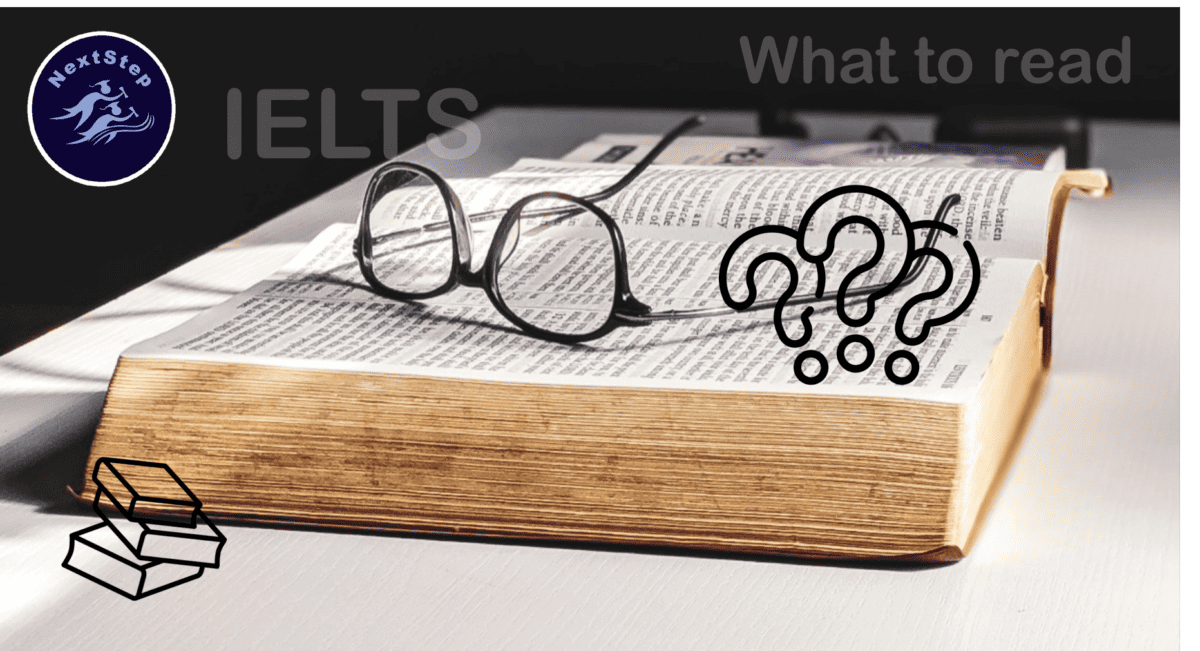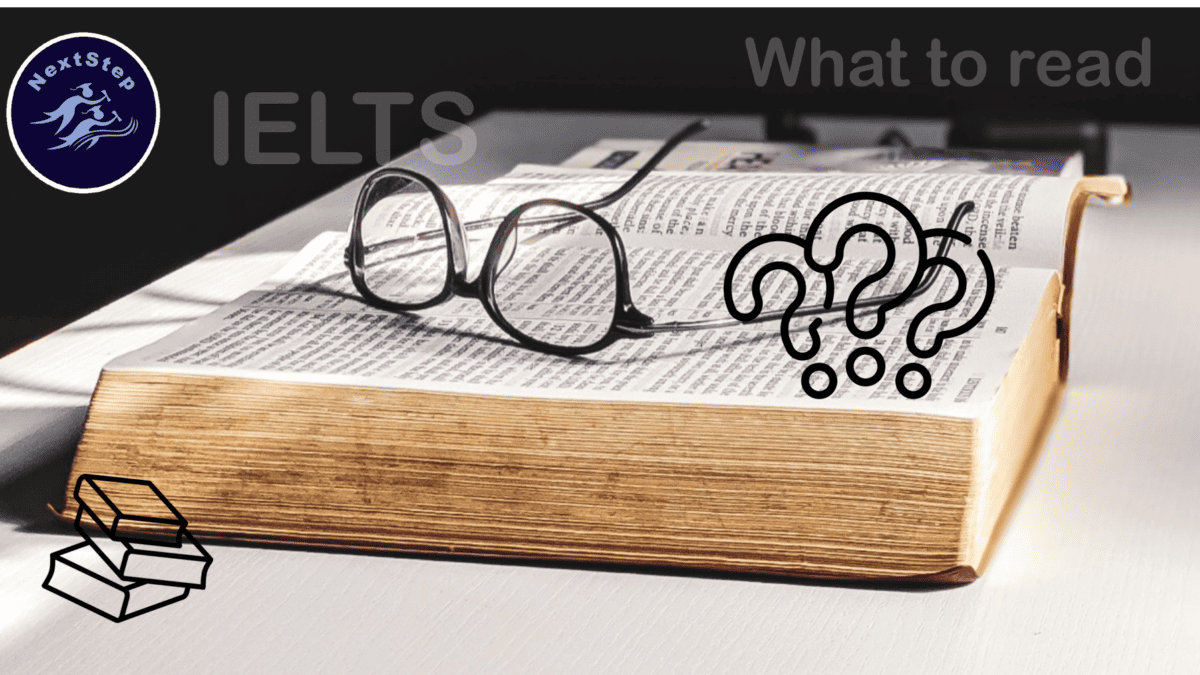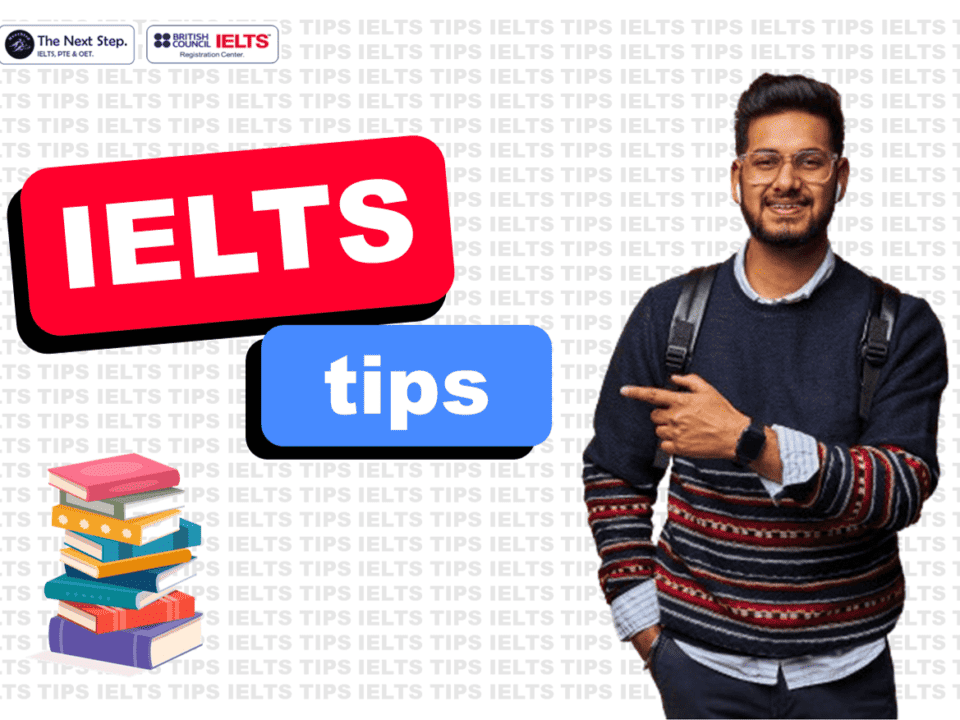
What is IELTS
October 3, 2023
IELTS Listening Test Overview
October 3, 2023
IELTS Reading Test Overview
IELTS Reading test has differences between academic and general training versions, whereas GT is known to be easier than academics. Although question categories and structure remain the same. Both versions of this test consist of 3 passages, and you have to spend 1 hour for this test.
– Passage one contains about 13 questions for academic and 14 questions for general training.
– Passage two contains 13 questions for academic as well as for GT.
– Passage three contains 13 questions for academic and 14 questions for general training.
IELTS Reading Test Question Types:
1) Multiple choice questions
These are types of questions that require you to pick the correct answer from the given choices which are in capital letters of ABC and D. This type of question tests your ability to understand detailed and specific information.
2) Information identification questions
These are types of questions that require you to identify whether the given information is either true, false, or it’s not given. This type of question tests your ability to clearly understand what the text is talking about.
3) Information matching
These types of questions require you to find specific information and place them where they fit to be. You need to have clearly understood the text and be able to understand every paragraph and what information it contains.
4) Head Matching
These questions require you to pick a heading from the given headings and place each of them to the paragraphs. Mainly, if you have clearly understood the given text, you’ll be able to make a heading out of every paragraph.
5) Sentence completion
In this type of question, you will find an incomplete sentence. You are supposed to complete it with words taken from the text. You, therefore, need to quickly map the incomplete text to a particular location in the text for you to find the correct answer.
6) Summary completion
A summary part of the text will be given to you. You are required to complete it by picking words from the text with a given maximum number of words to complete it.
7) Features matching
These are types of questions that require you to find specific information about given features and match it. For example, you can be given different people who discovered different things at different times. You are now required to match who discovered what at what time. You, therefore, need to be very keen when matching.
8) Matching sentence endings
This is a very simple question. Part of a sentence is picked from a line in the text. What you need to do here is to just locate where it has been taken from and complete the sentence, and there you have your correct answer!
9) Short answer questions
You have to be extra careful here! This is a question that expects you to answer the question from the given facts in the text. Moreover, you need to check the number of words because you are limited. A maximum number of words is always given.
10) Matching information
You just need not to get this question wrong. All that is required of you here is to find some given information and place them where they fit.
You might looking for.
Best IELTS coaching center in Dhaka.
IELTS Computer delivered mock test
IELTS for UK Visa and Immigration (UKVI)
IELTS Reading Test 6 Important tips
Read many articles
A week or two prior to the exam, ensure that you read as many articles as you can. This will give a certain kind of experience and confidence for that matter. This is the most important tip here. You can’t just wake up someday and go hit a band score of 8.0 in IELTS reading task module without reading practice.
Skimming
This is an IELTS reading task technique that allows you to read through a given text very fast and within the shortest time possible while identifying the main ideas of the given text. This technique will help you save on time and will also allow you to have an idea of what the text is all about within the first reading.
Scanning
This is a technique where you read through every line very quickly looking for a specific word or phrase. It comes in handy when you are looking for a one-word answer. It’s quite different from scanning because the latter doesn’t require you to find any specific word or phrase.
Use Keywords
This is self‐explanatory. Reading a text without identifying the keywords is a suicide mission! Don’t try it. Ensure that you mark some of the keywords as they will be helpful when the time for answering questions comes. You wouldn’t need more time to scan through the text again.
Title
The title of the text that you are reading will tell you what the text is all about. First, read the title. It will give you an idea of the content of the text so you’ll have ample time comprehending since you already have an idea of what you are reading.
Time management
This is the real struggle that the majority of students face. The IELTS reading task module is 60 minutes long, and there are three questions for you to answer. DO NOT share time, I repeat DO NOT share time equally so that you allocate each question twenty minutes. The IELTS standard works with increasing difficulty, which means the last question’s difficulty level will be higher than the last two, so make sure that you’ll have close to thirty minutes for the last question.




